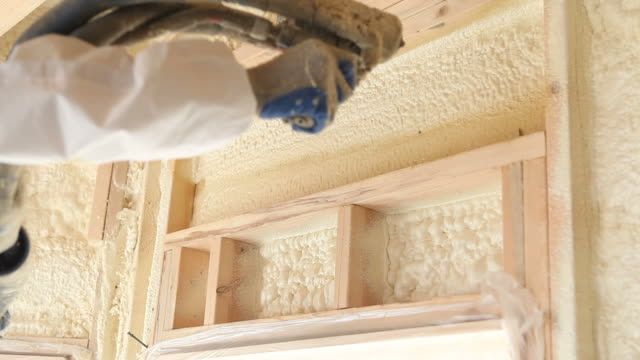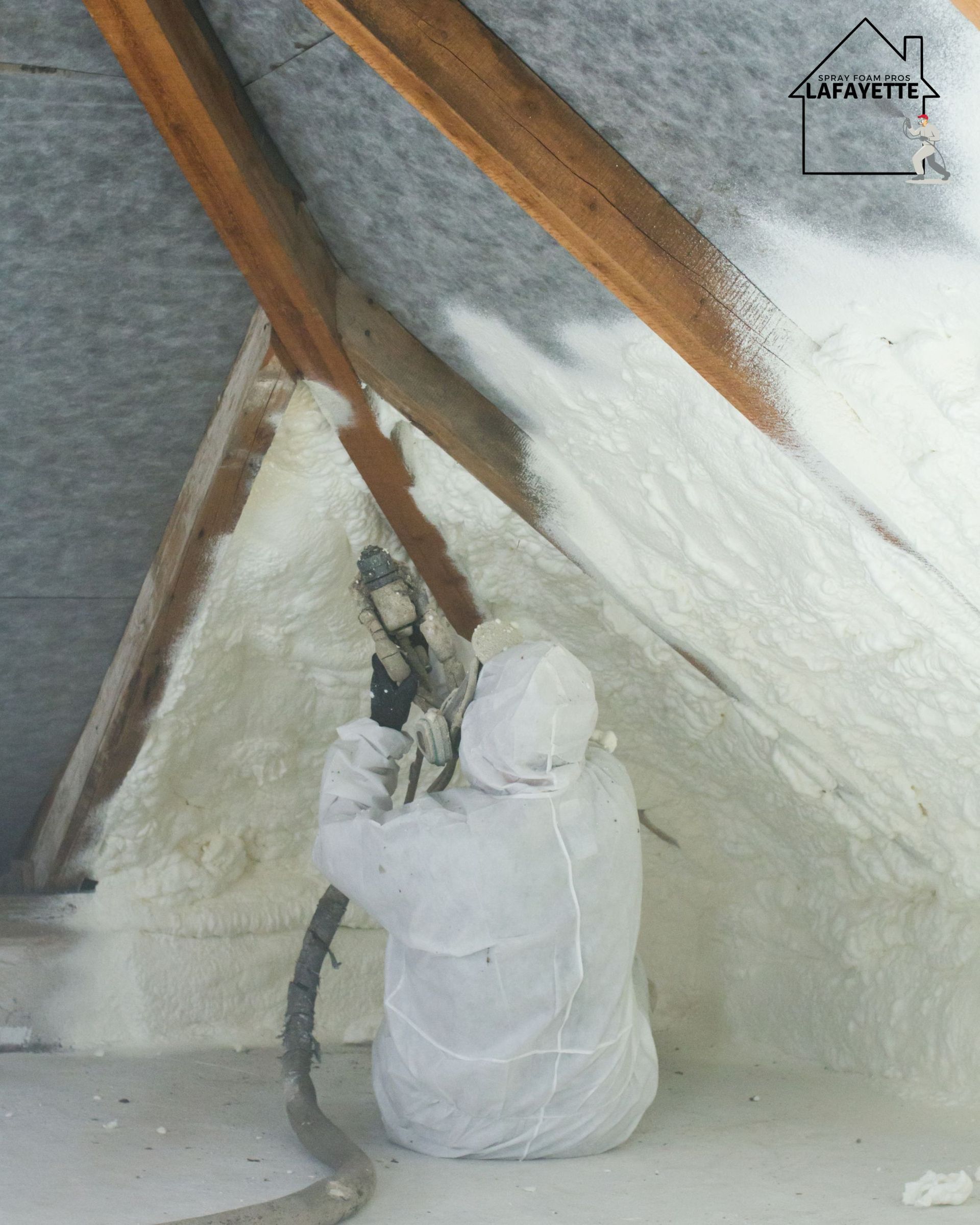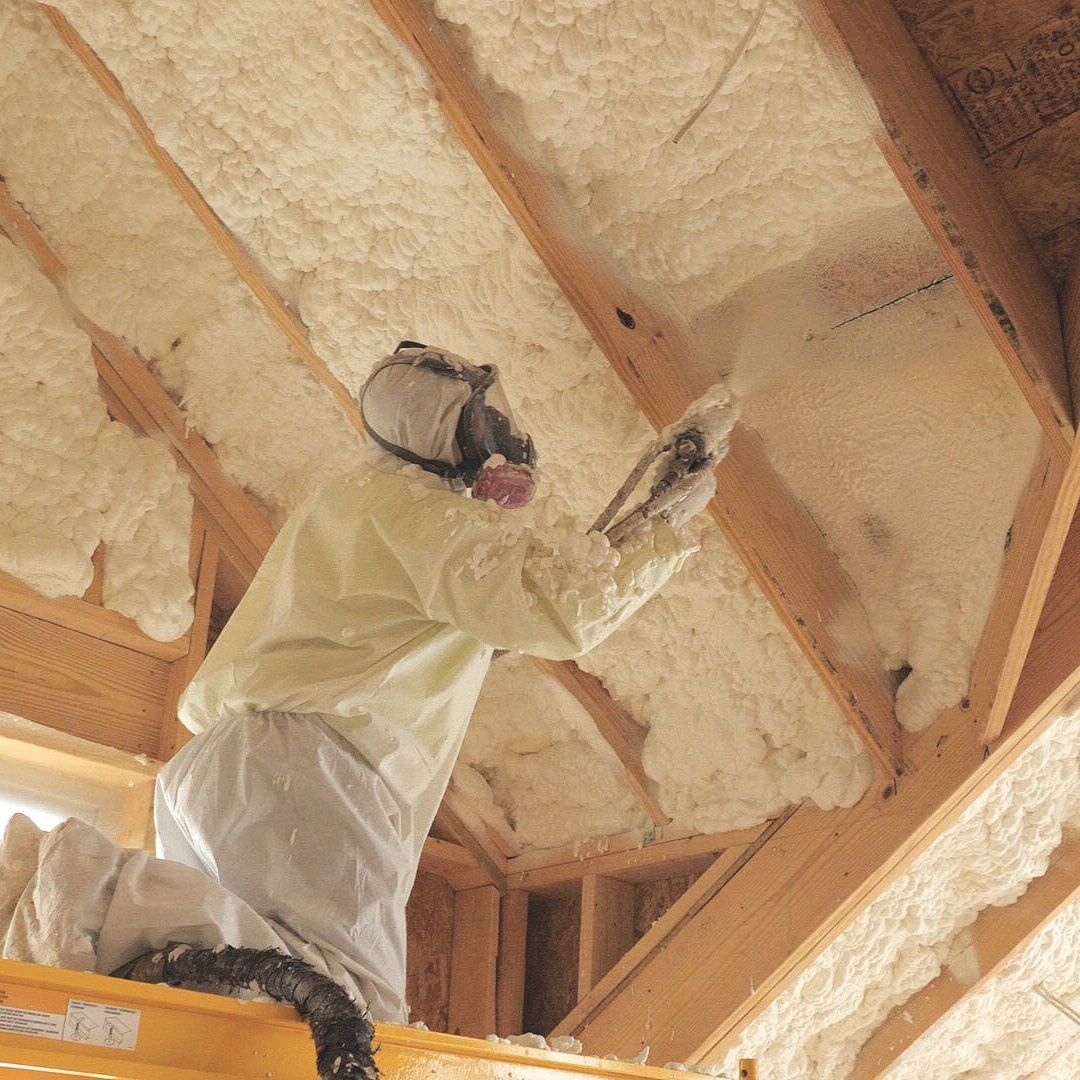Spray Foam Insulation: Key Considerations for Moisture Management
Knowing The Consideration Before Going Deep with Moisture Management

In the humid climate of Lafayette, Louisiana, moisture management is a critical aspect of building design and insulation. Spray foam insulation has gained popularity as an effective solution for enhancing energy efficiency and comfort in buildings. However, its application requires careful consideration of moisture management to prevent issues such as mold growth, moisture accumulation, and indoor air quality problems. In this comprehensive guide, we'll delve into the key considerations for moisture management when using spray foam insulation in Lafayette, offering insights and recommendations for achieving optimal performance and durability.
Understanding Spray Foam Insulation
Spray foam insulation is a versatile insulation material that is applied as a liquid foam and expands to fill gaps, cracks, and voids in the building envelope. It provides superior thermal performance and air sealing capabilities, making it an ideal choice for both new construction and retrofit projects in Lafayette. However, its installation requires careful attention to moisture management to ensure long-term effectiveness and durability.
Moisture Sources in Lafayette: Lafayette's humid subtropical climate presents unique challenges for moisture management in buildings. High humidity levels, frequent rainfall, and potential for flooding increase the risk of moisture intrusion through the building envelope. Additionally, activities such as cooking, bathing, and indoor laundry can contribute to indoor humidity levels, leading to condensation and moisture-related issues if not properly addressed.
How Does Air Sealing With Spray Foam Insulation Help Prevent Moisture-Related Issues?
Air sealing with spray foam insulation plays a crucial role in preventing moisture-related issues in buildings, especially in humid climates like Lafayette, Louisiana. Here are several ways in which air sealing contributes to moisture management:
1. Minimizes Air Leakage: Spray foam insulation forms an airtight seal when applied to surfaces, effectively sealing gaps, cracks, and voids in the building envelope. By minimizing air leakage, spray foam insulation prevents the entry of humid outdoor air into the interior spaces of the building. This is particularly important in humid climates like Lafayette, where outdoor air can carry high levels of moisture.
2. Reduces Condensation Risk: Air leakage can lead to condensation buildup within wall cavities, attics, and crawl spaces, especially in areas with temperature differentials. When warm, moist air comes into contact with cooler surfaces, such as cold walls or roof sheathing, condensation can occur. By air sealing with spray foam insulation, the likelihood of condensation forming is significantly reduced, helping to prevent moisture-related issues such as mold growth, wood rot, and structural damage.
3. Improves Indoor Comfort: Air leaks in the building envelope can result in drafts, cold spots, and uneven temperatures throughout the interior spaces. By effectively air sealing with spray foam insulation, these drafts and temperature inconsistencies are minimized, resulting in improved indoor comfort for occupants. Additionally, maintaining consistent indoor temperatures reduces the potential for condensation forming on interior surfaces, further enhancing comfort levels.
4. Enhances Energy Efficiency: Air leakage is a major contributor to energy loss in buildings, as it allows conditioned air to escape and outdoor air to infiltrate. By air sealing with spray foam insulation, the building envelope becomes more airtight, reducing the need for heating and cooling systems to work harder to maintain desired indoor temperatures. This leads to lower energy consumption and utility bills, as well as reduced environmental impact.
5. Protects Building Materials: Moisture infiltration through air leaks can compromise the integrity of building materials over time. For example, moisture intrusion can lead to wood rot, corrosion of metal components, and degradation of insulation materials. By air sealing with spray foam insulation, moisture infiltration is minimized, helping to protect building materials from moisture-related damage and prolonging the lifespan of the building.
In summary, air sealing with spray foam insulation is a critical component of moisture management in buildings, particularly in humid climates like Lafayette, Louisiana. By effectively sealing gaps, cracks, and voids in the building envelope, spray foam insulation helps prevent moisture infiltration, condensation buildup, and related issues. Additionally, air sealing enhances indoor comfort, improves energy efficiency, and protects building materials, making it an essential consideration for any construction or retrofit project in Lafayette.
Moisture Control Strategies
To effectively manage moisture when using spray foam insulation in Lafayette, several strategies should be employed:
1. Proper Installation: Ensuring that spray foam insulation is installed by trained professionals following manufacturer guidelines is essential for preventing gaps, voids, and improper curing that can compromise its effectiveness.
2. Vapor Retarder: Installing a vapor retarder or barrier on the interior side of the building envelope helps control moisture diffusion and prevent moisture from entering the insulation and building structure.
3. Air Sealing: Proper air sealing of the building envelope with spray foam insulation reduces the potential for air leakage, which can transport moisture into the building and cause condensation.
4. Ventilation: Implementing adequate ventilation systems, such as exhaust fans in bathrooms and kitchens and mechanical ventilation in attics and crawl spaces, helps remove excess moisture from indoor spaces and prevent moisture buildup.
5. Drainage: Ensuring proper drainage around the exterior of the building, including sloping the ground away from the foundation and installing gutters and downspouts, helps prevent water intrusion and moisture infiltration into the building envelope.
6. Monitoring and Maintenance: Regular inspection and maintenance of the building envelope, including roof, siding, windows, and doors, help identify and address any potential moisture-related issues before they escalate.
Moisture management is a critical consideration when using spray foam insulation in Lafayette. By implementing proper installation techniques, vapor retarders, air sealing, ventilation, drainage systems, and monitoring protocols, builders and homeowners can mitigate the risk of moisture-related problems and ensure the long-term performance and durability of their buildings. With careful planning and attention to moisture management, spray foam insulation can effectively enhance energy efficiency, comfort, and indoor air quality in Lafayette's humid climate, providing lasting benefits for occupants and building owners alike.
You might also like
SPEAK TO A TEAM MEMBER TODAY
All Rights Reserved | Spay Foam Pros Lafayette



